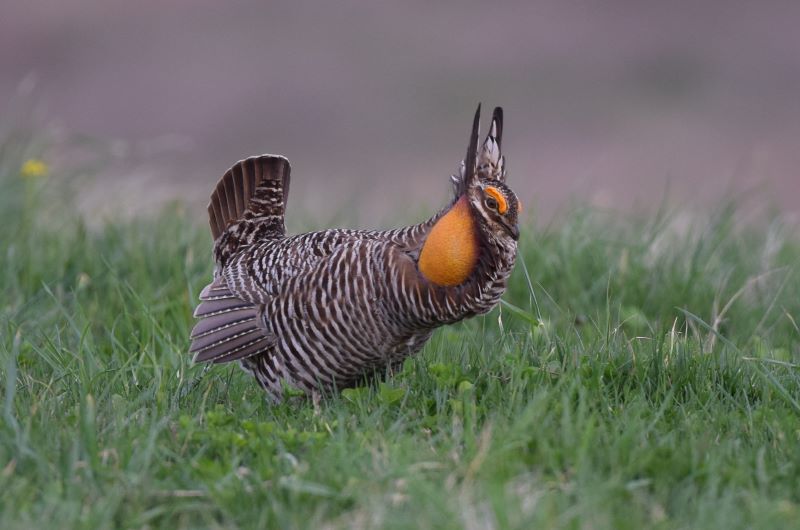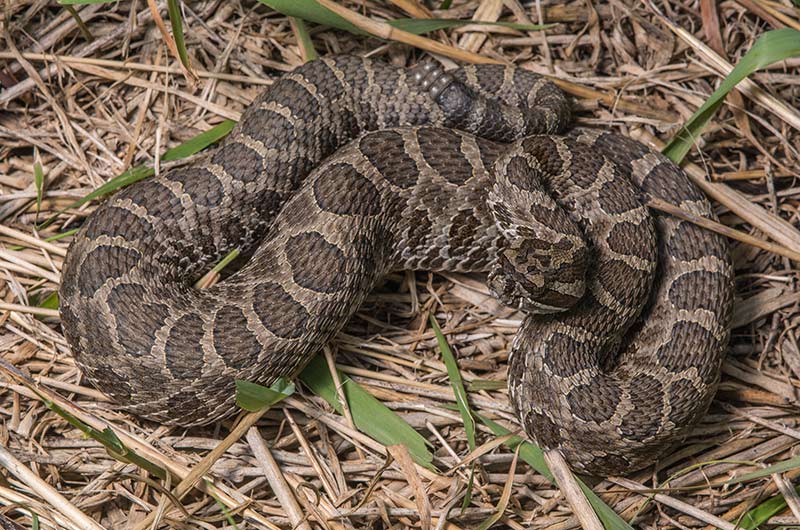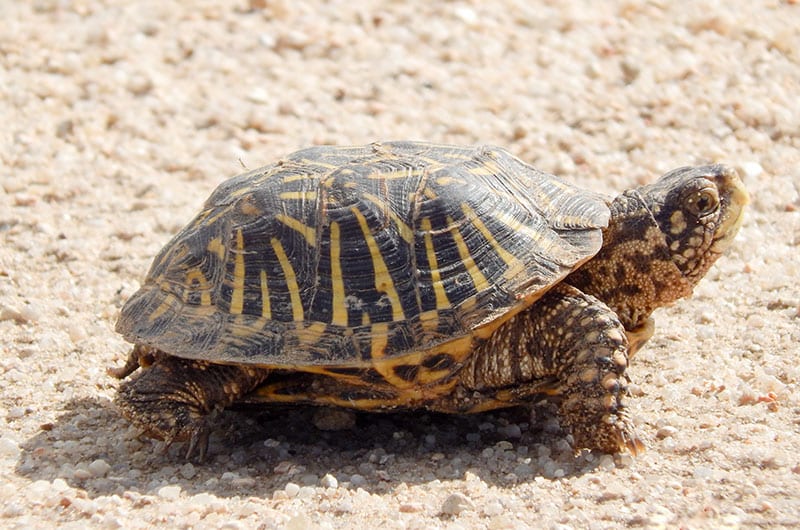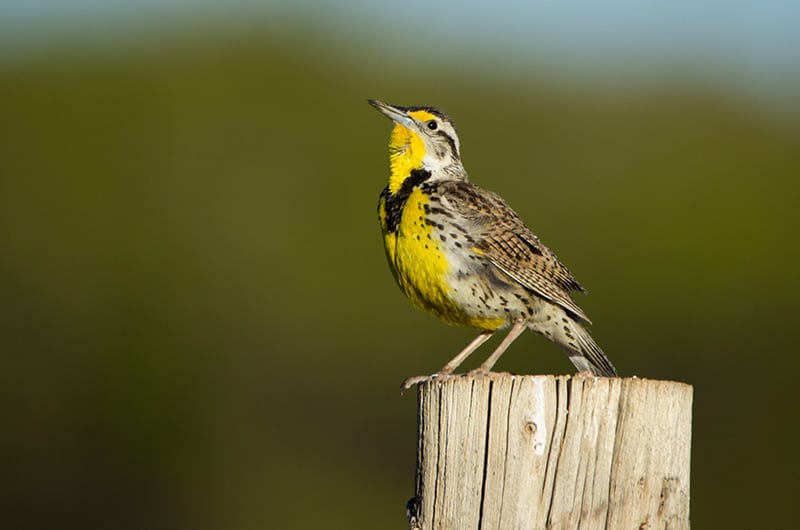LandPKS Learning
Habitat Hub
Factsheets and other helpful resources about the wildlife species living on your land (US only)
Greater Prairie-Chicken
In spring, males attract females by stamping their feet rapidly and making booming sounds with their air sacs. They often leap into the air with loud cackles.
Read moreBrewer’s Sparrow
Brewer’s sparrows are highly adapted to dry environments year-round and can go weeks without drinking water.
Read moreWestern Massasauga Rattlesnake
Communal denning throughout the winter season is a common occurrence for western massasauga. The den is called a hibernaculum.
Read moreTexas Horned Lizard
Texas horned lizards feed primarily on harvester ants, 69% of their diet. They wait motionless along harvester ant trails and capture ants as they pass by flicking out their tongue and swallowing whole.
Read morePygmy Rabbit
Pygmy rabbits are the only rabbit in the US that digs its own burrow. They also produce alarm vocalizations to communicate in response to threats, which is uncommon among rabbits.
Read moreOrnate Box Turtle
Ornate box turtles can live between 30-40 years. You can determine the approximate age of turtles by counting the number of growth lines on the underside of the shell.
Read moreOlive-backed Pocket Mouse
External cheek pouches of olive-backed pocket mice, like other pocket mice are fur-lined and are used to collect and transport large quantities of seeds.
Read moreWestern Meadowlark
In 1914, California grain growers initiated a study on the Western Meadowlark’s diet to determine if the bird could be designated a pest species. Although they do eat grain, Western Meadowlarks help limit crop-damaging insects.
Read more
Mobile App | Data Portal | Knowledge Hub | Habitat Hub | Learning Collections | Blog | About | Contact | Support











